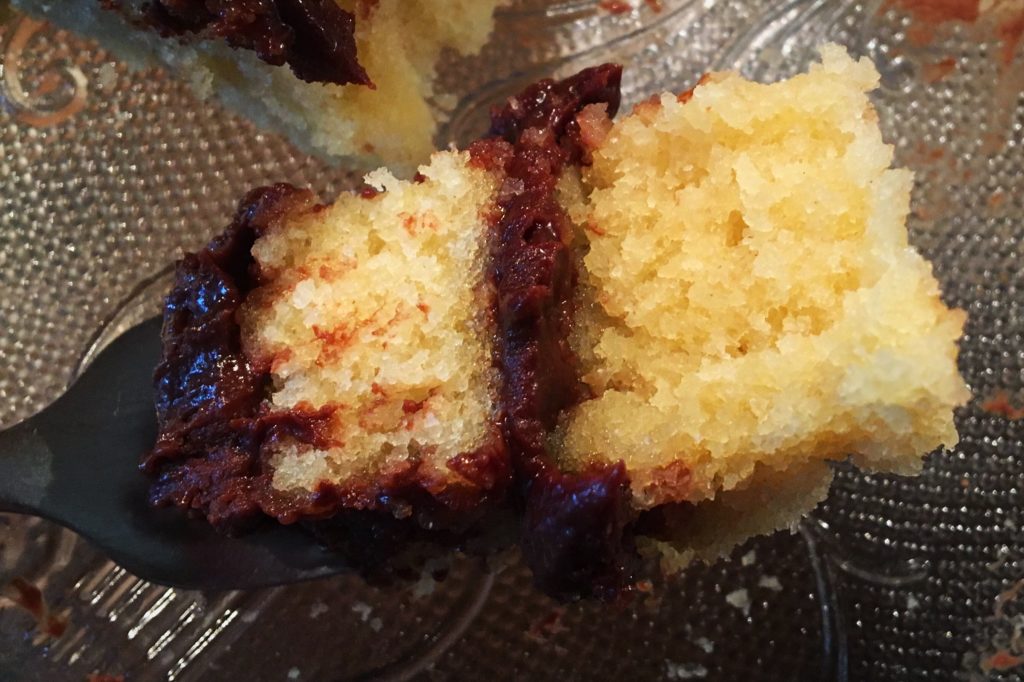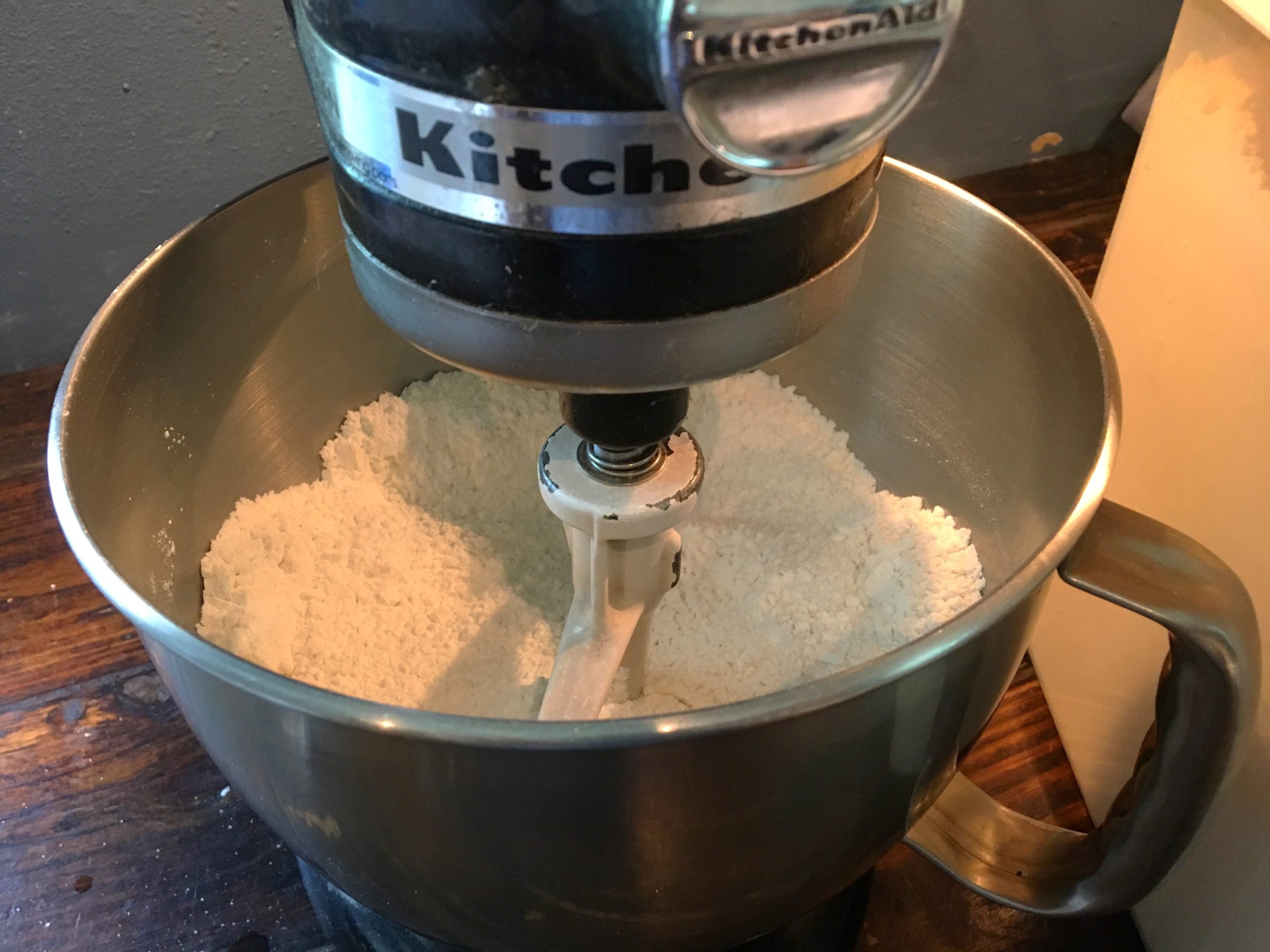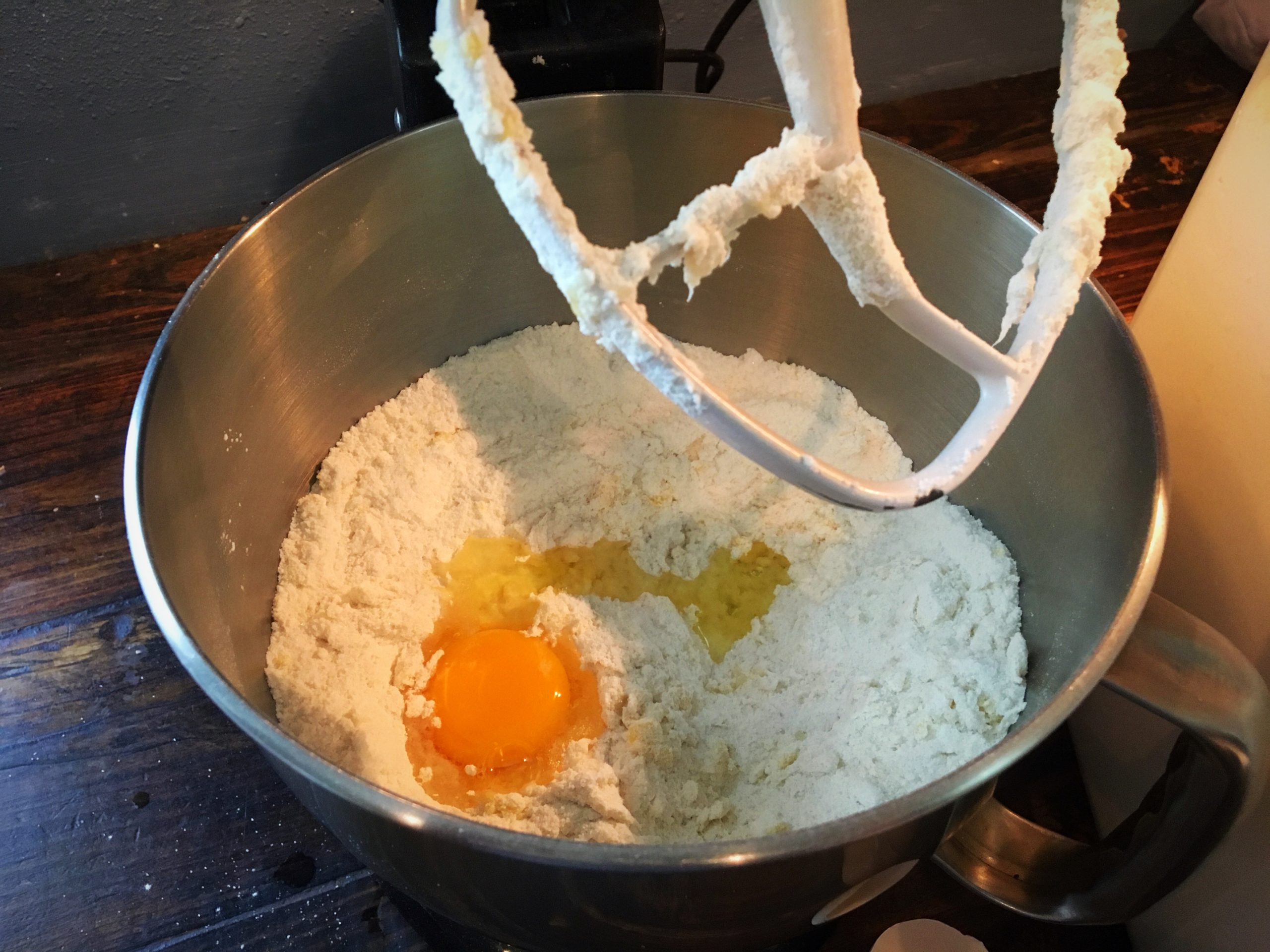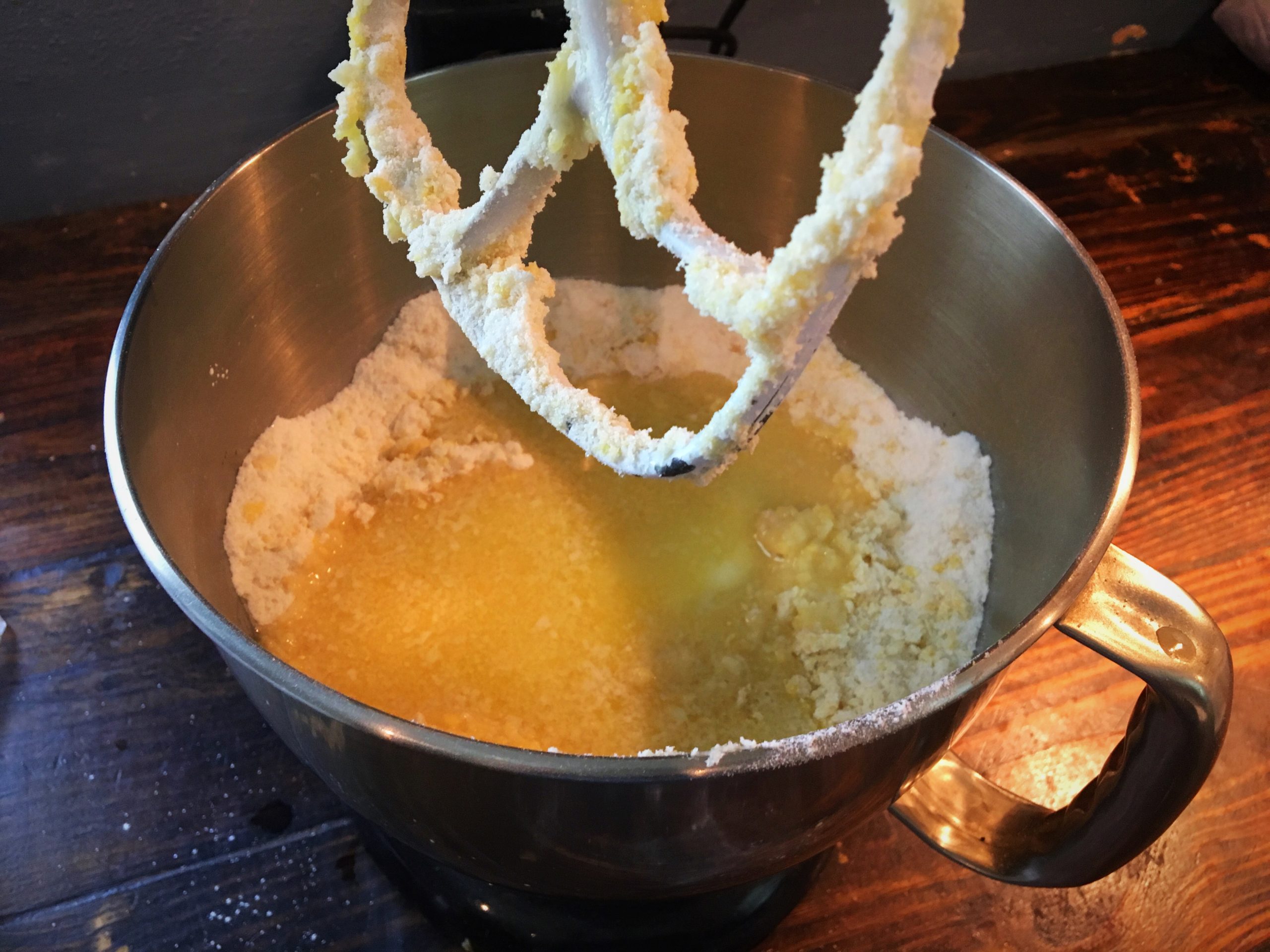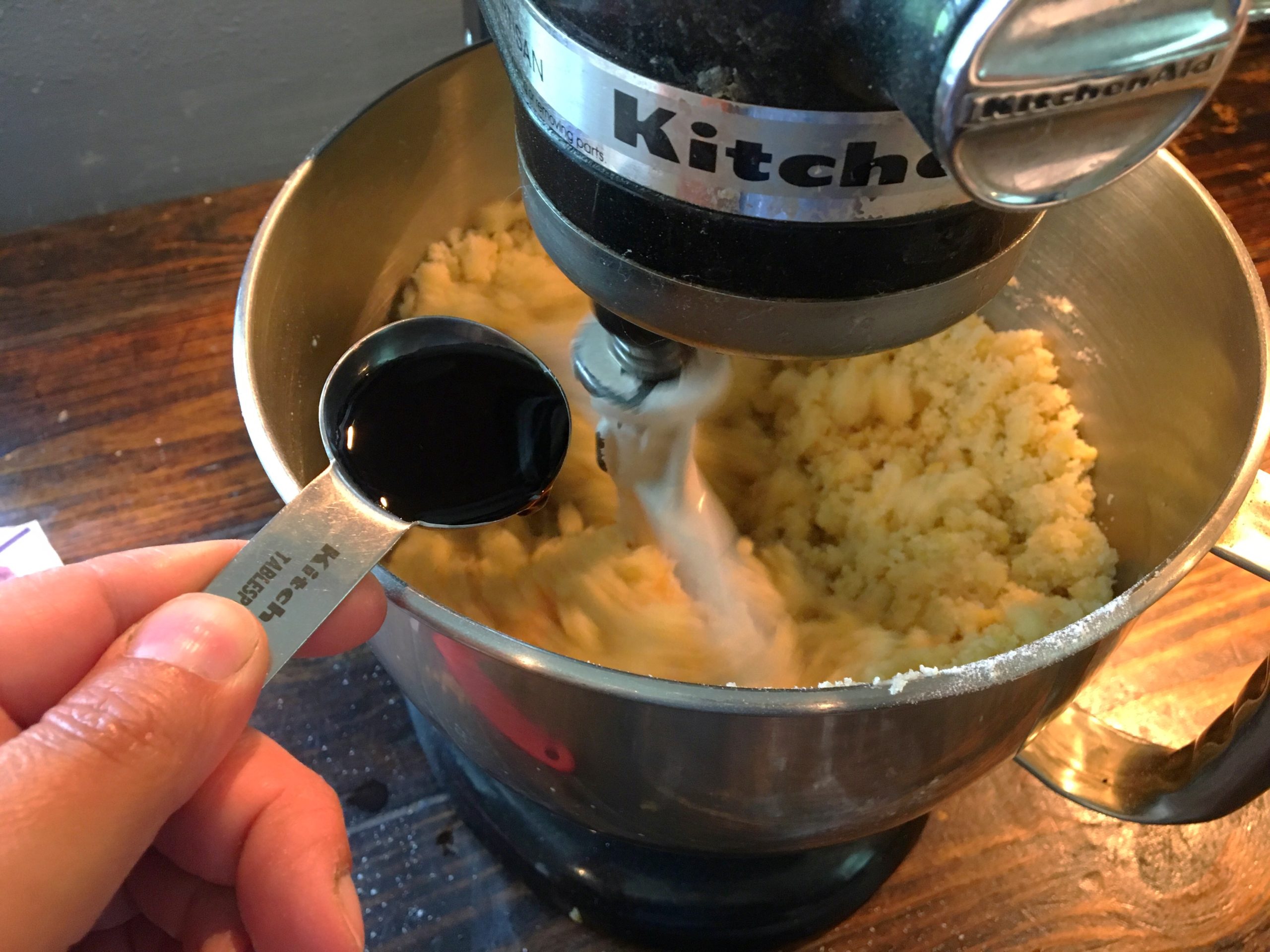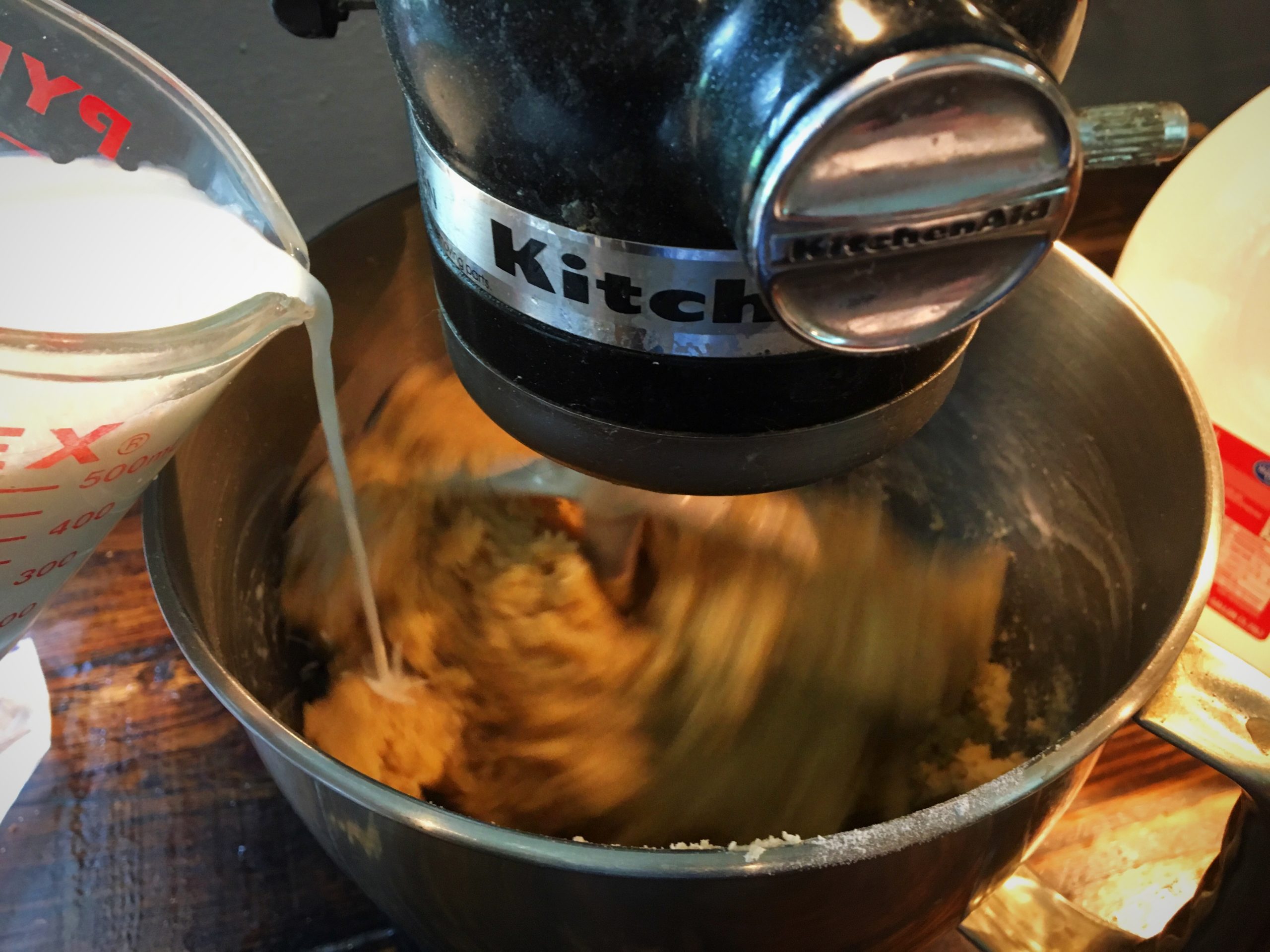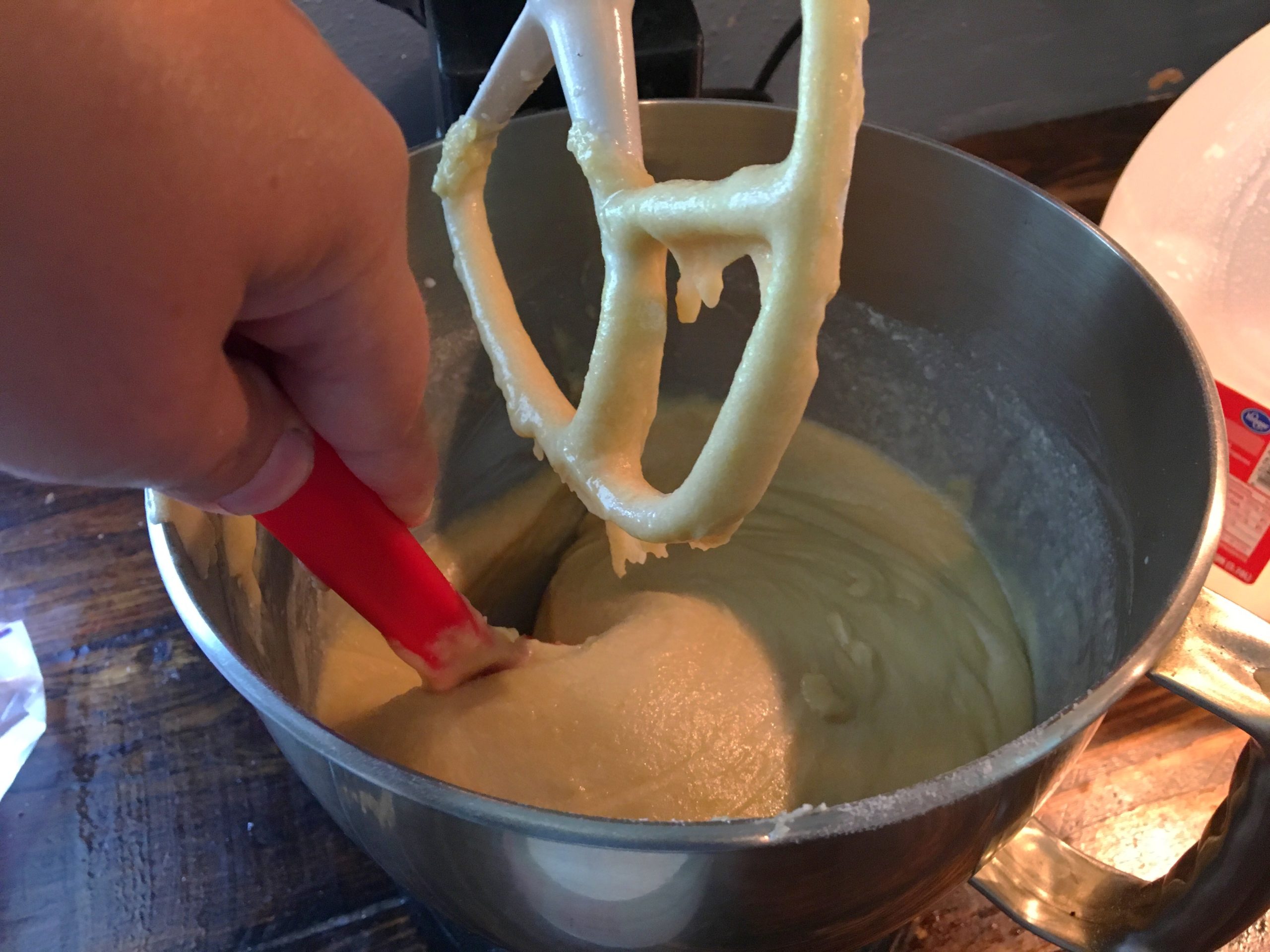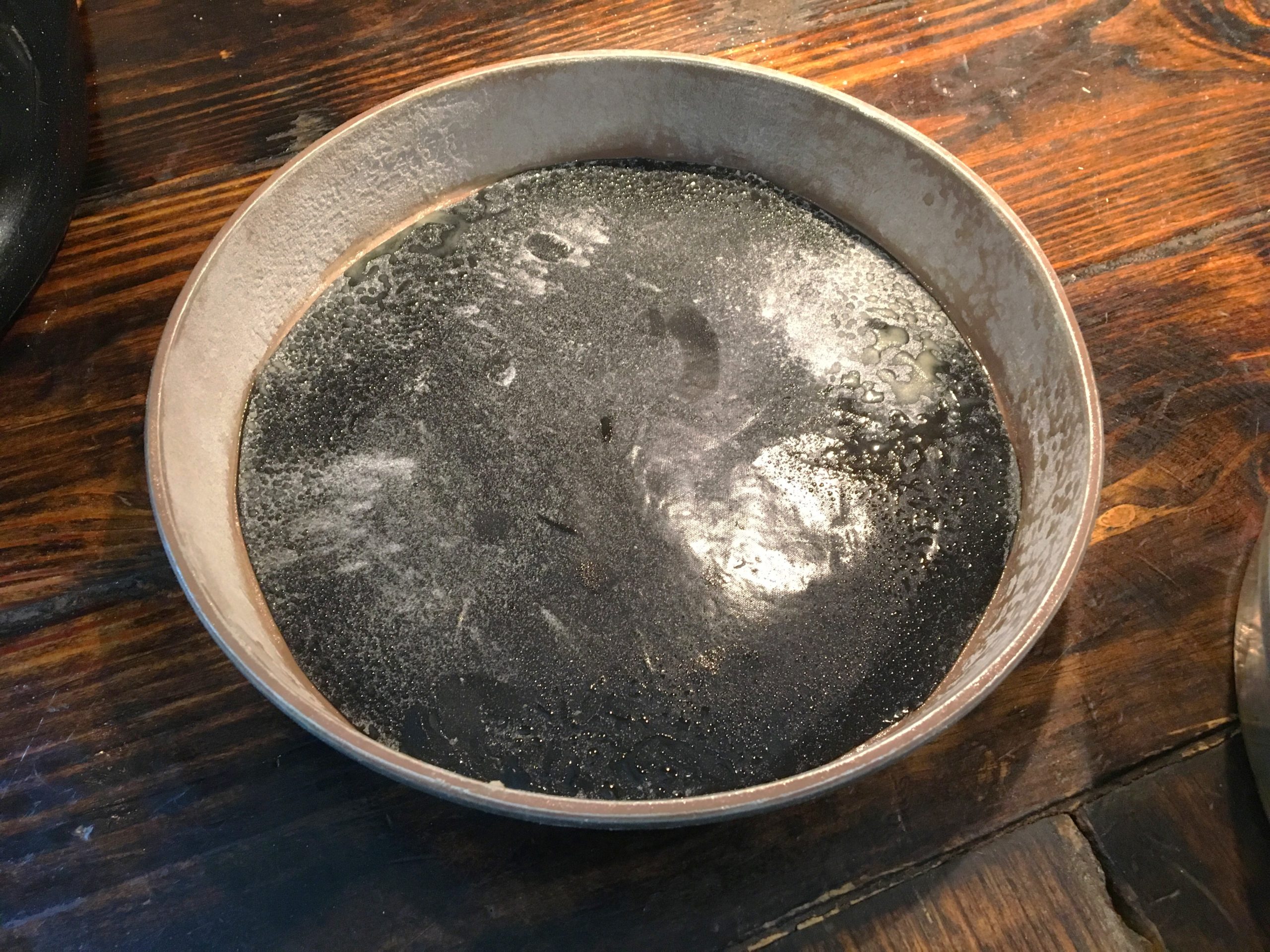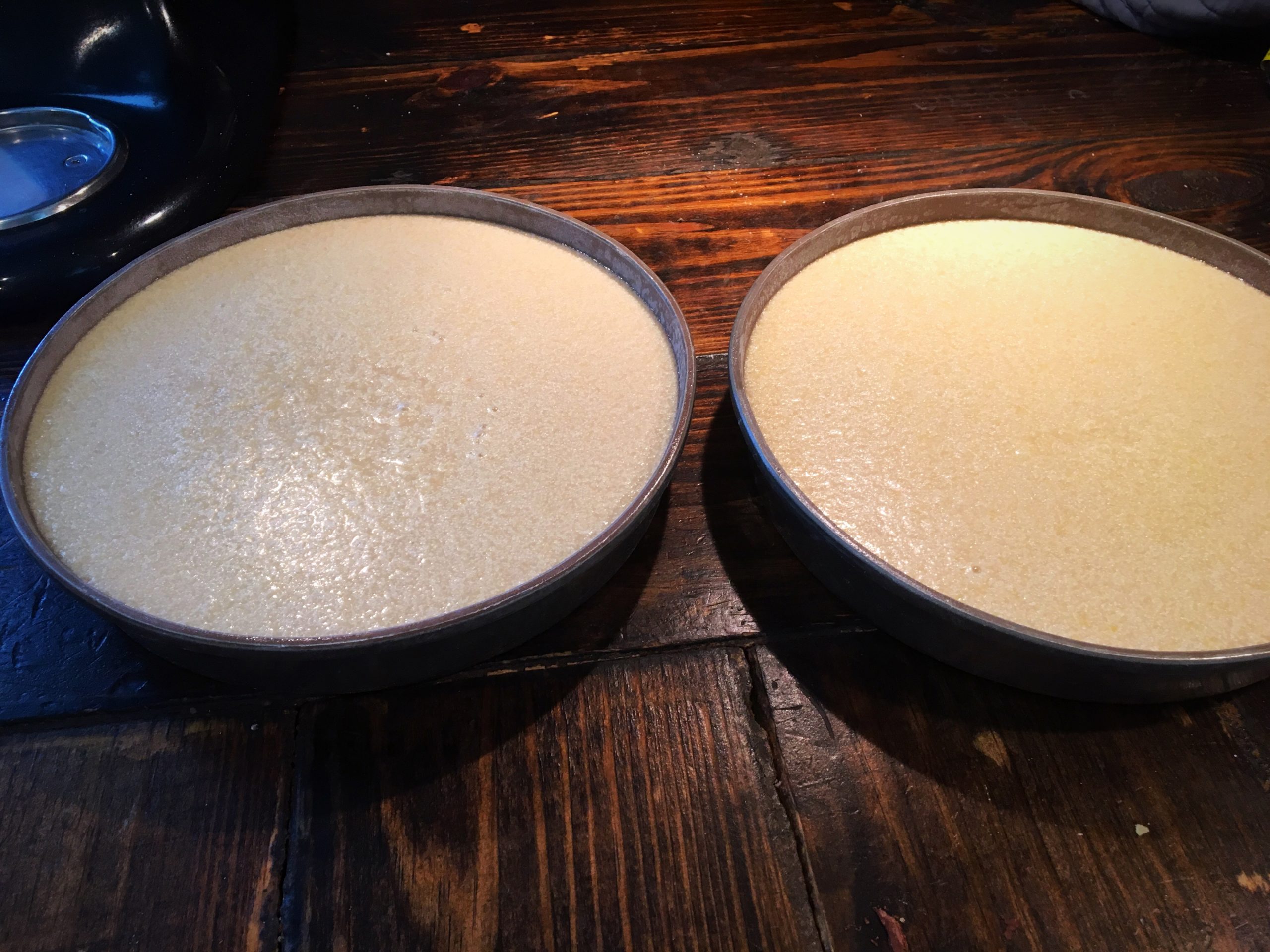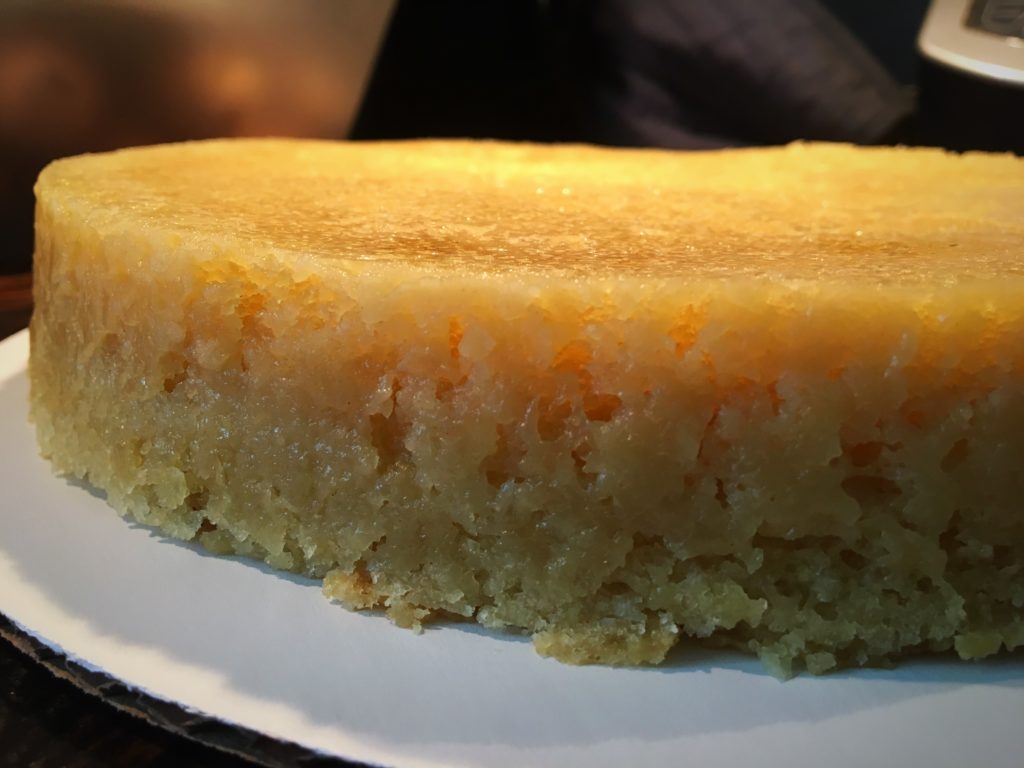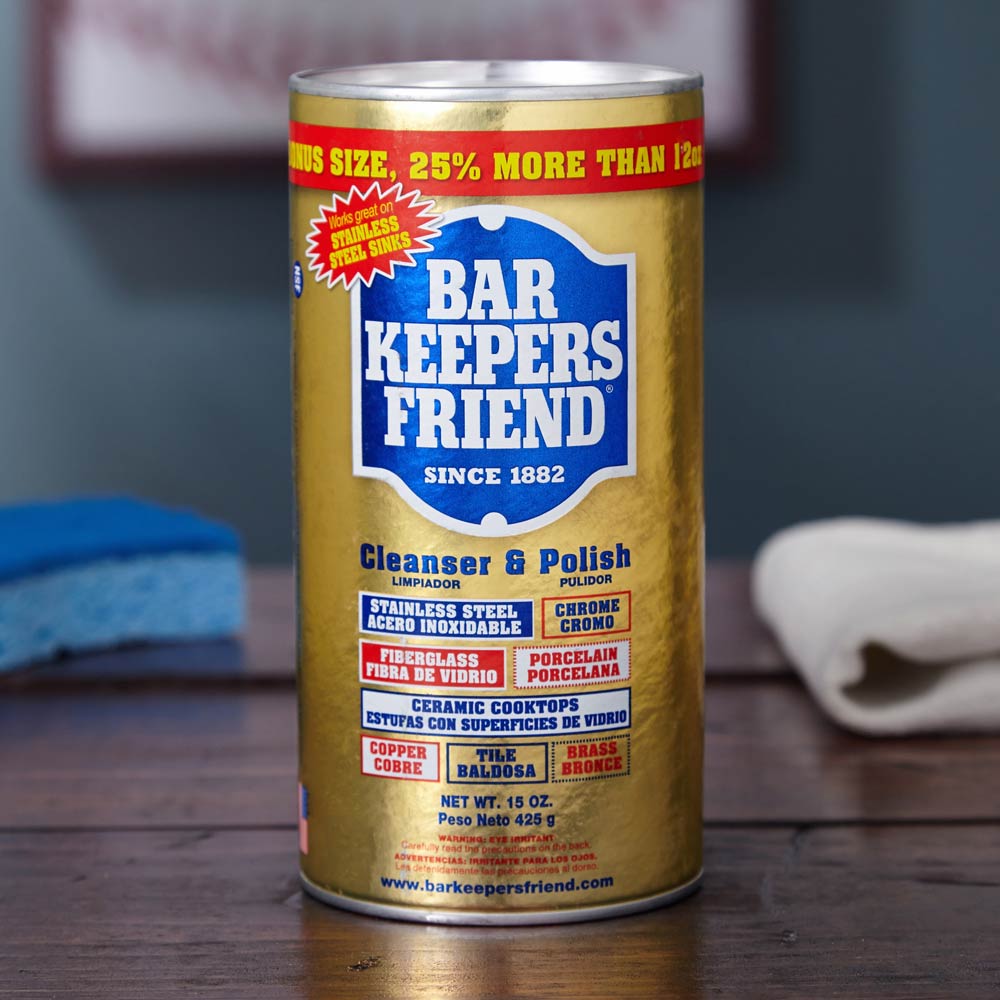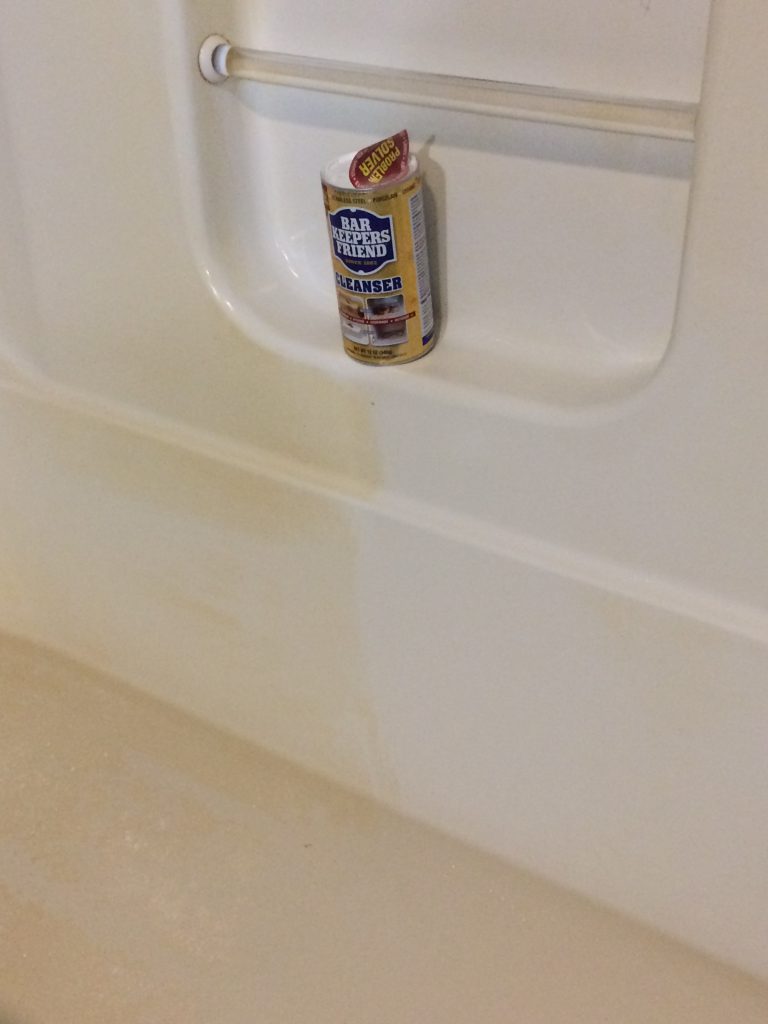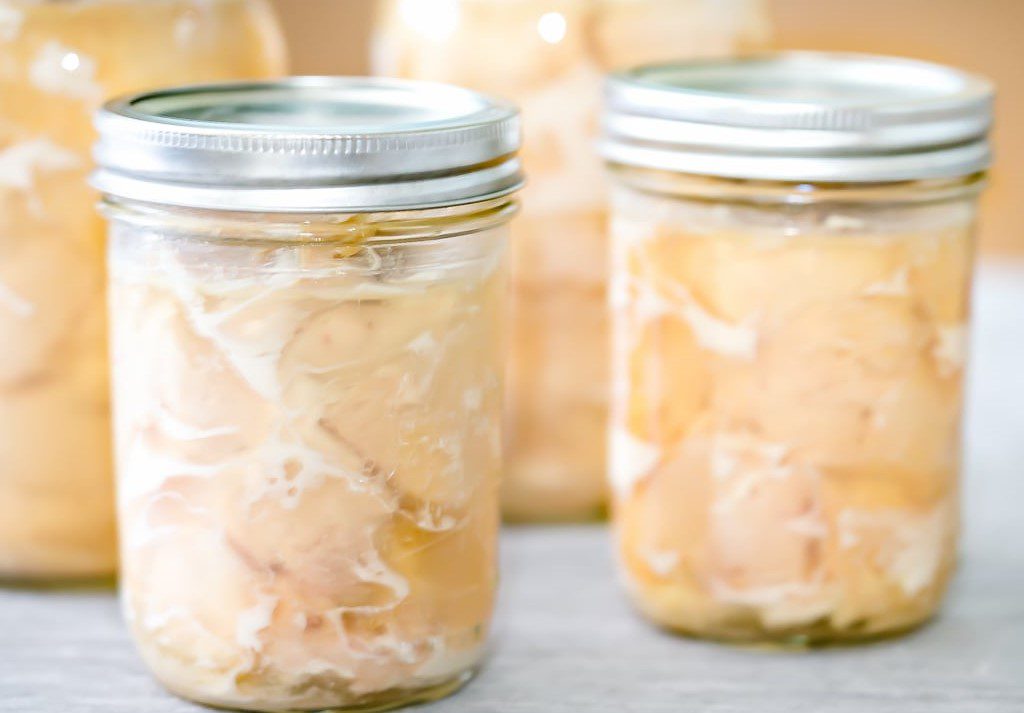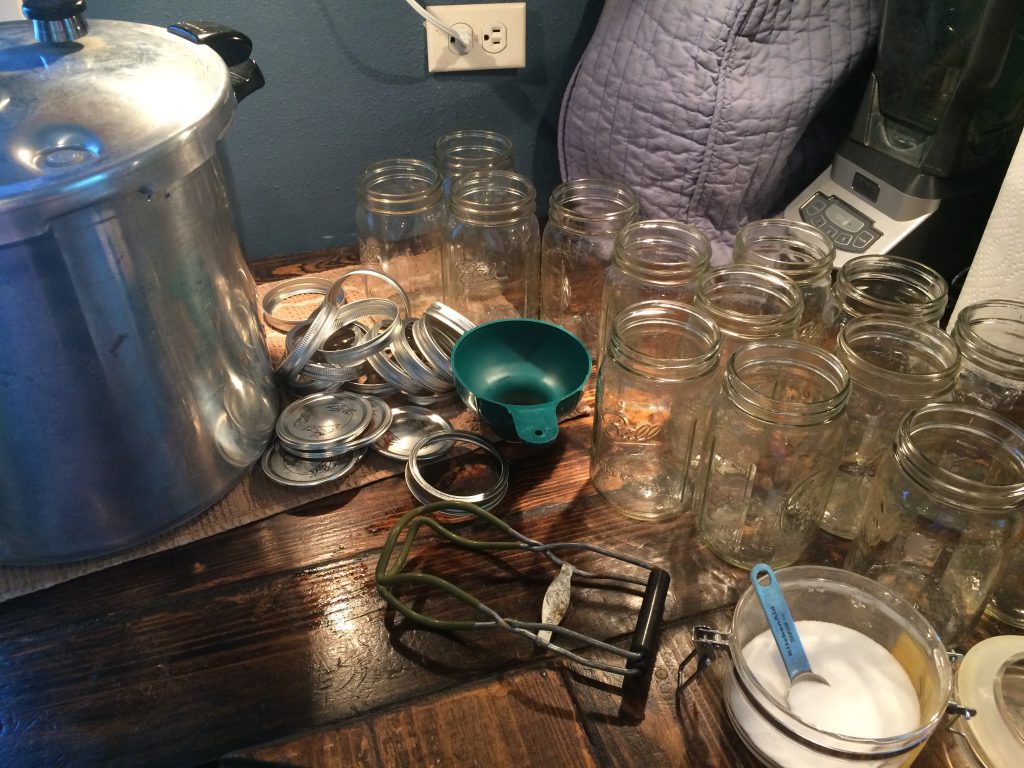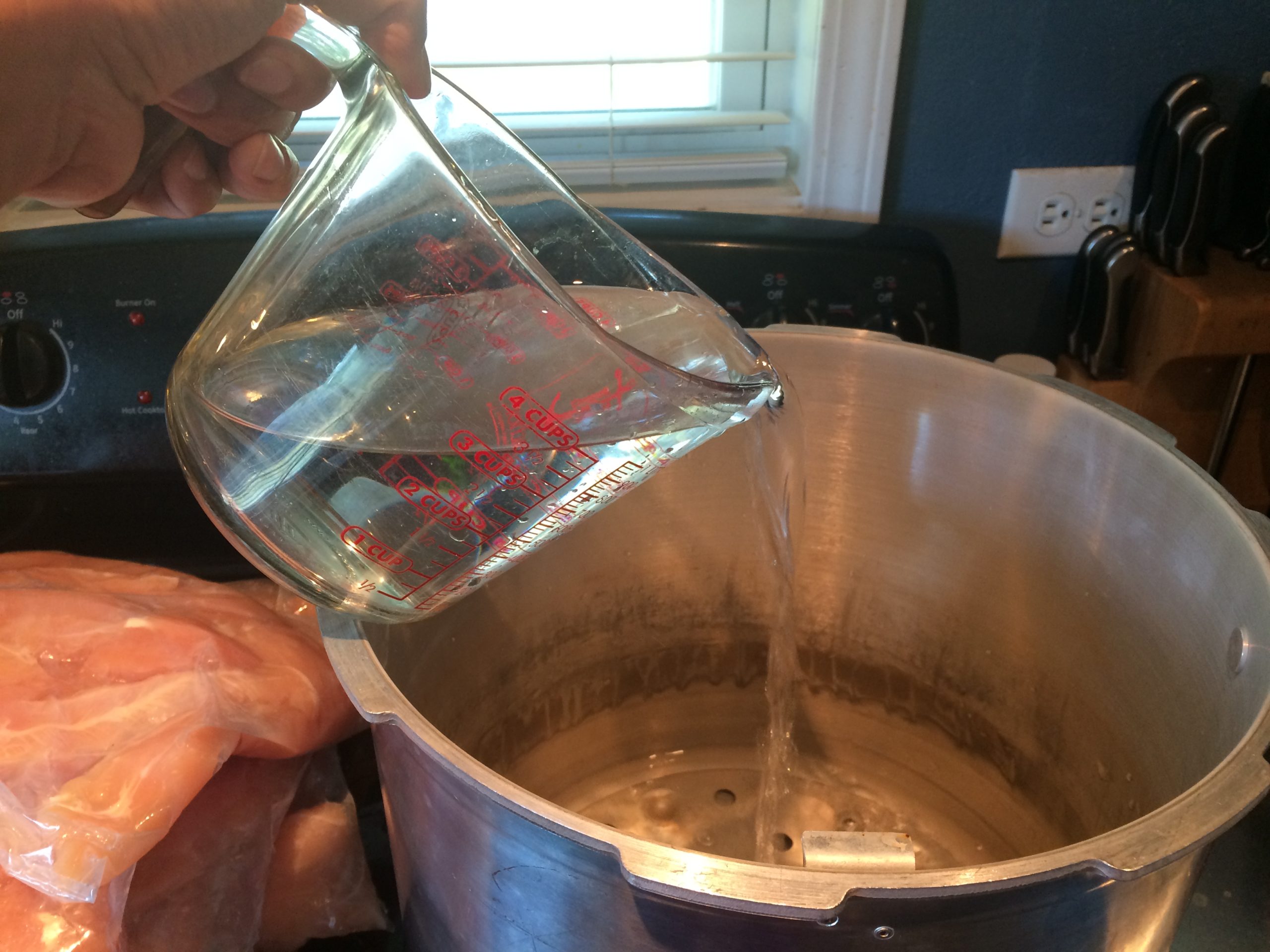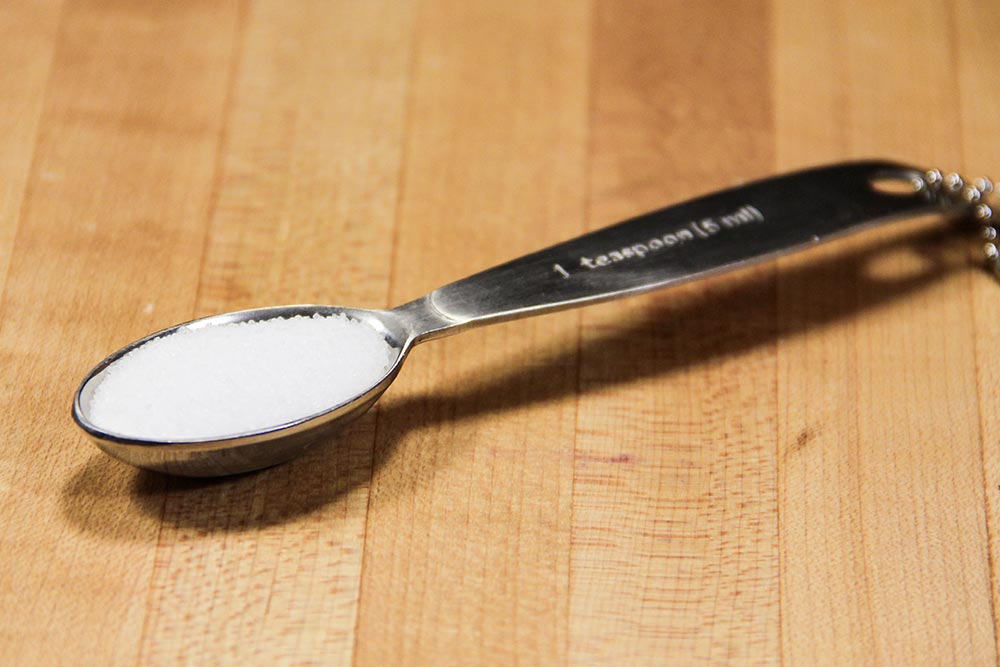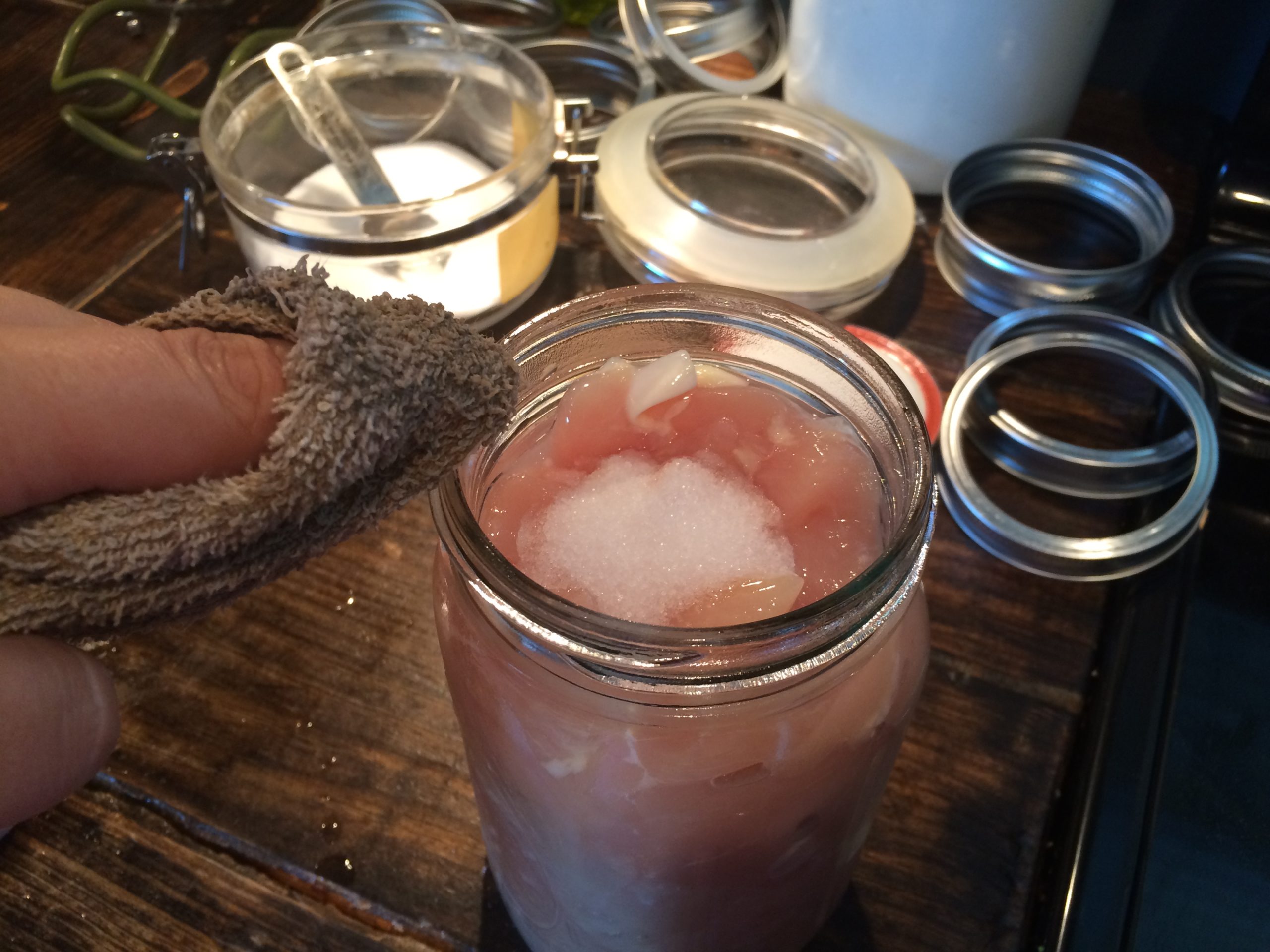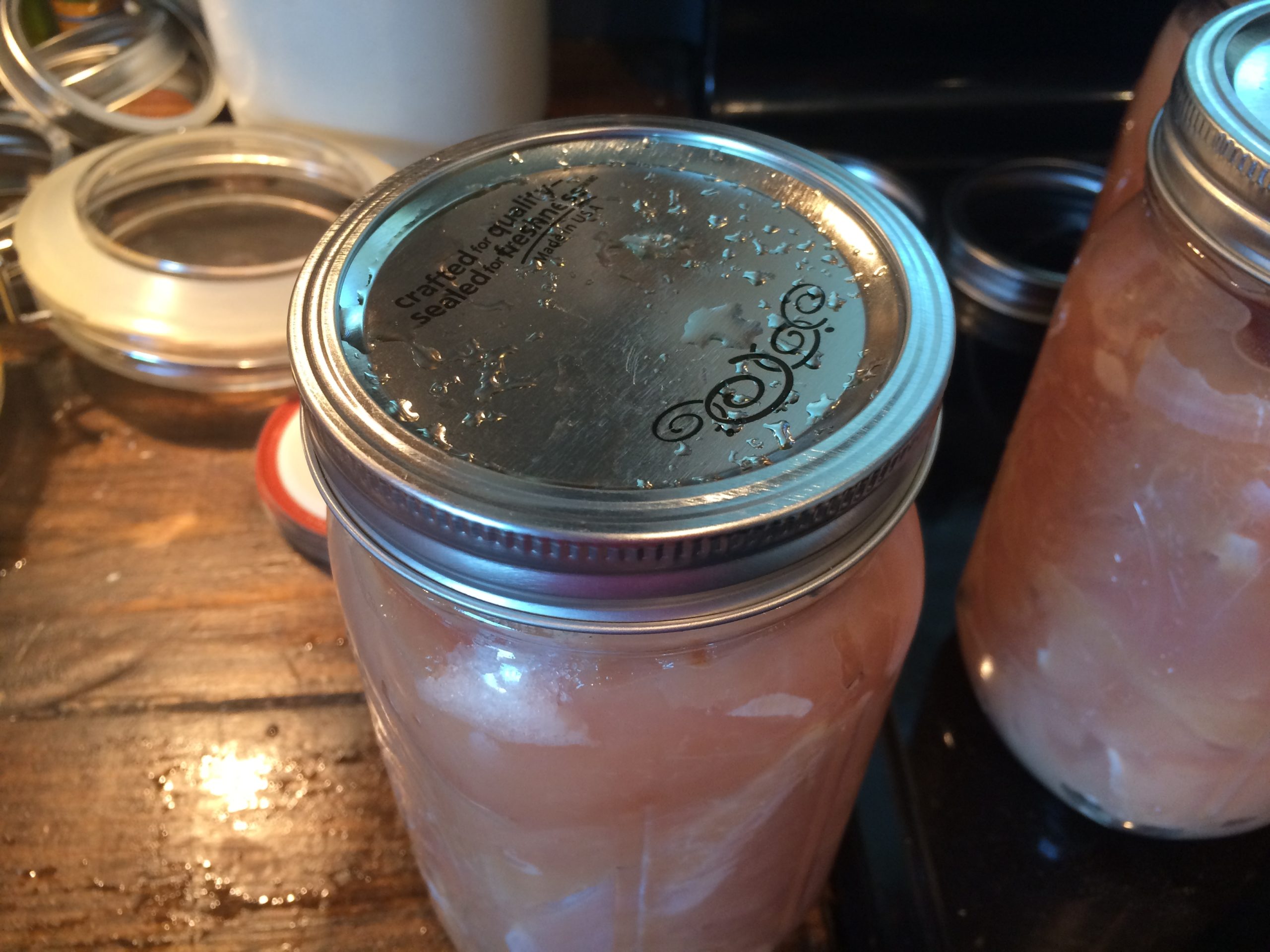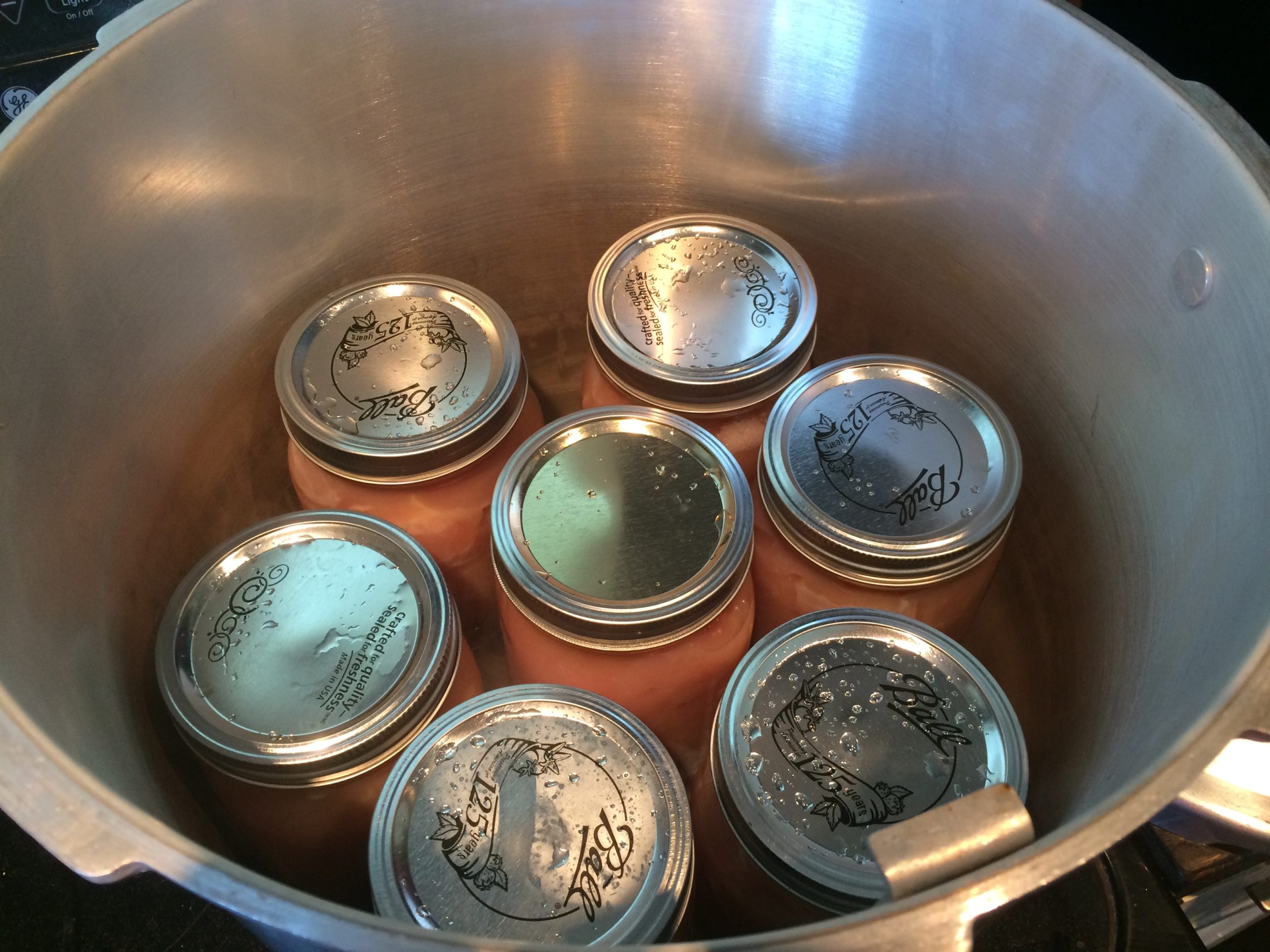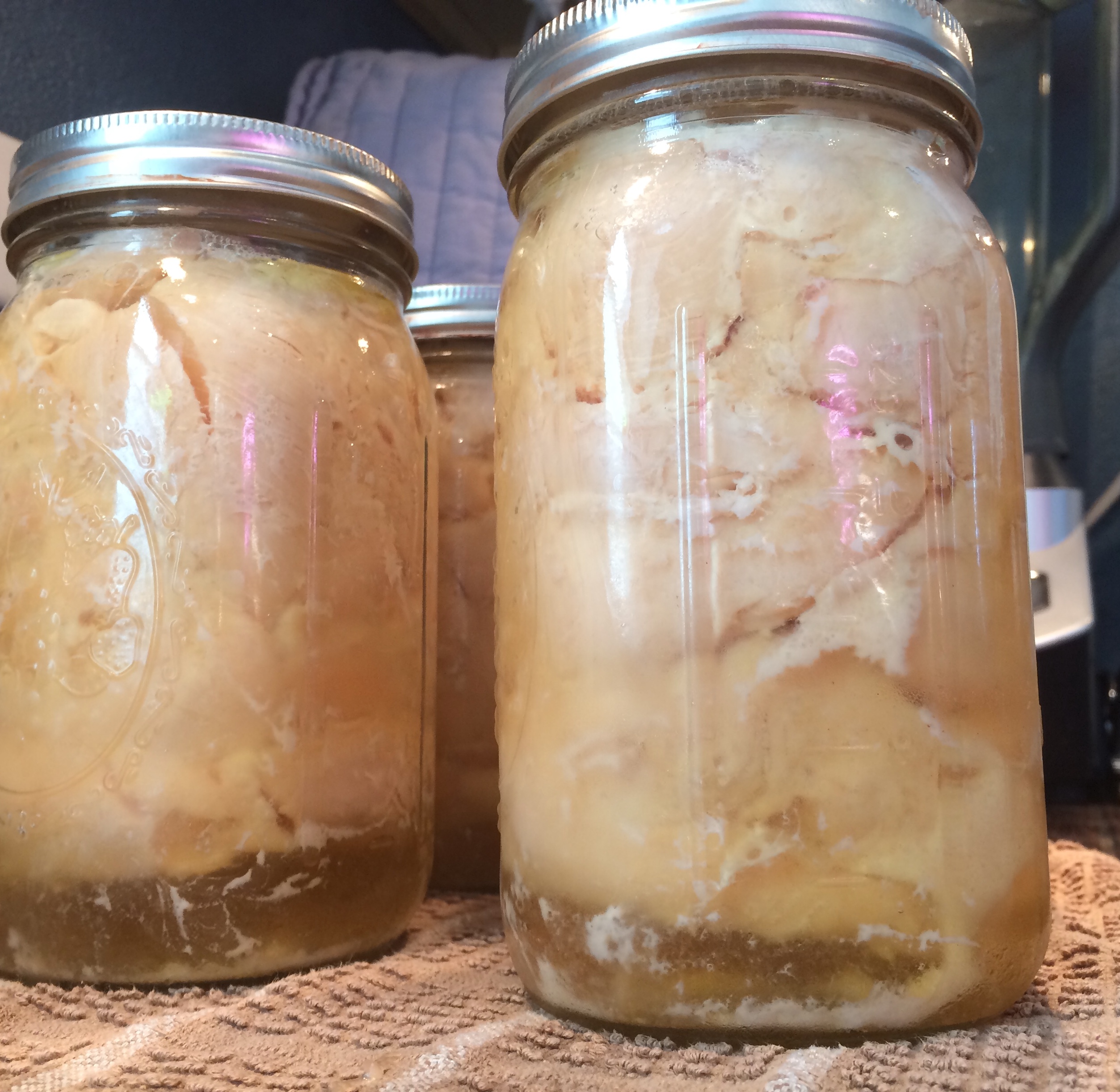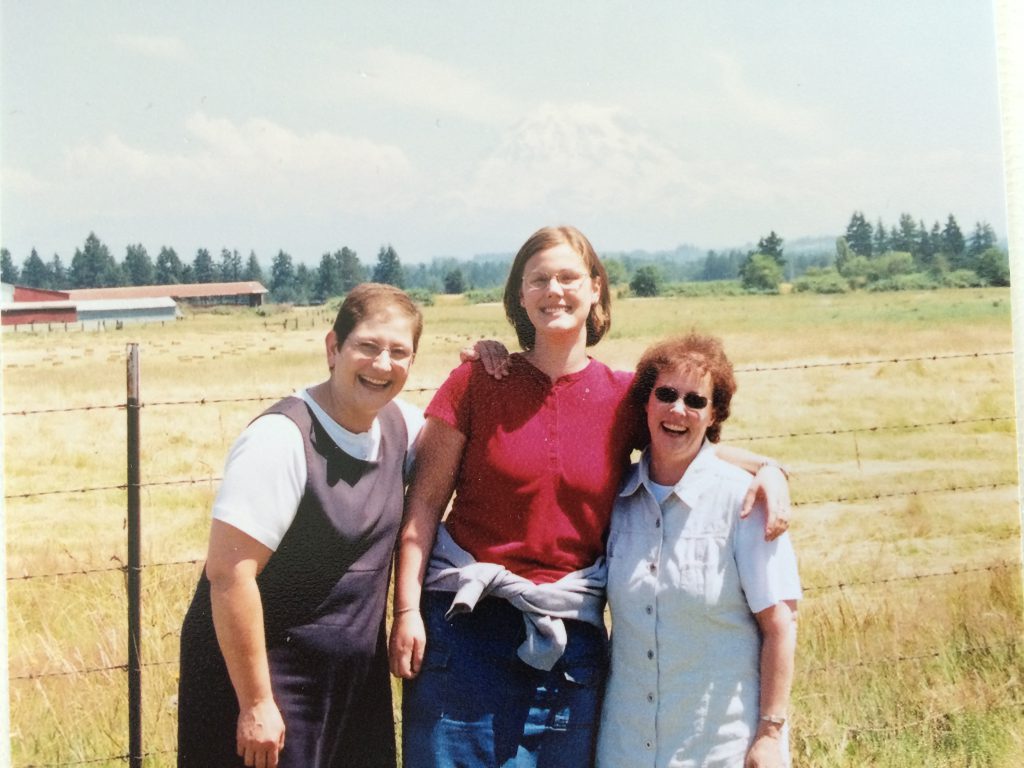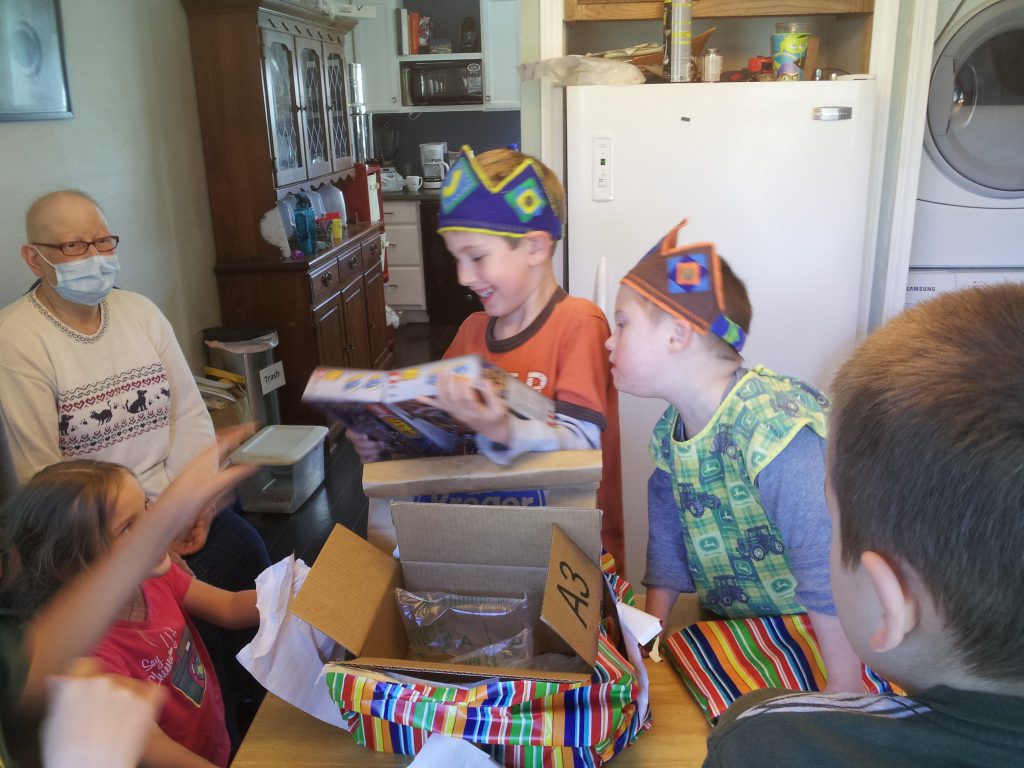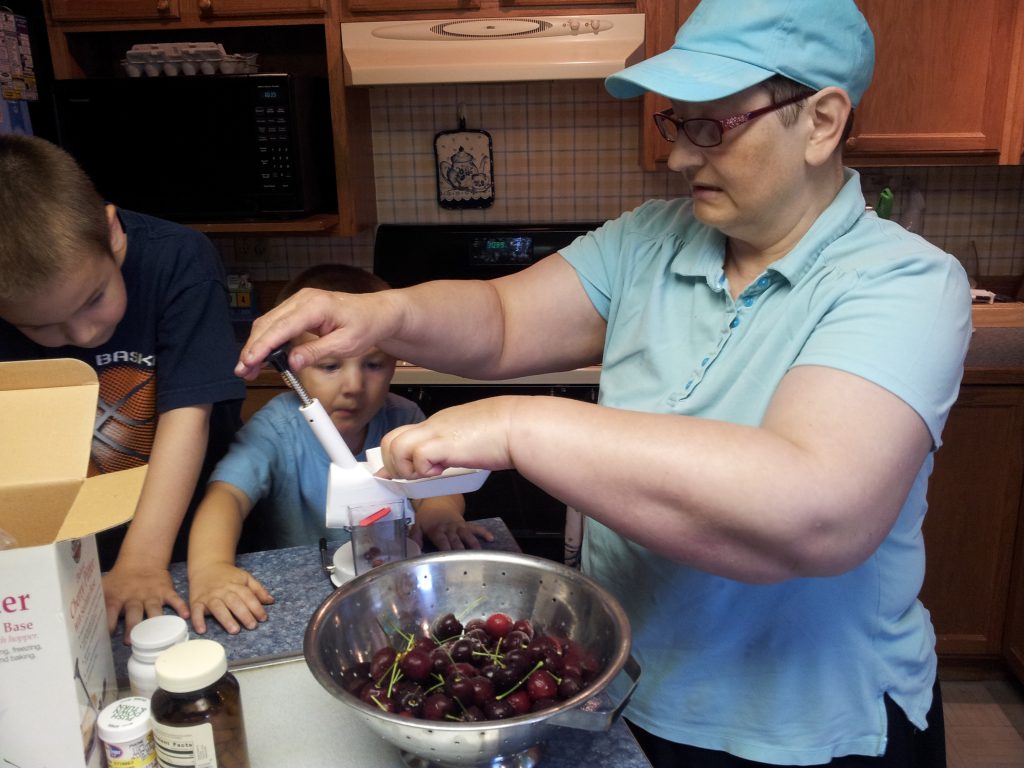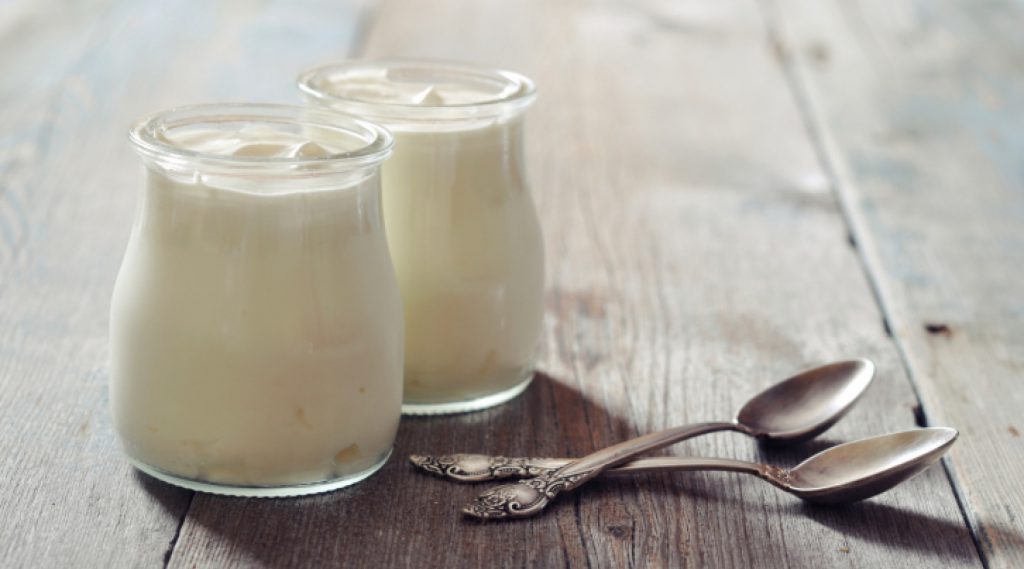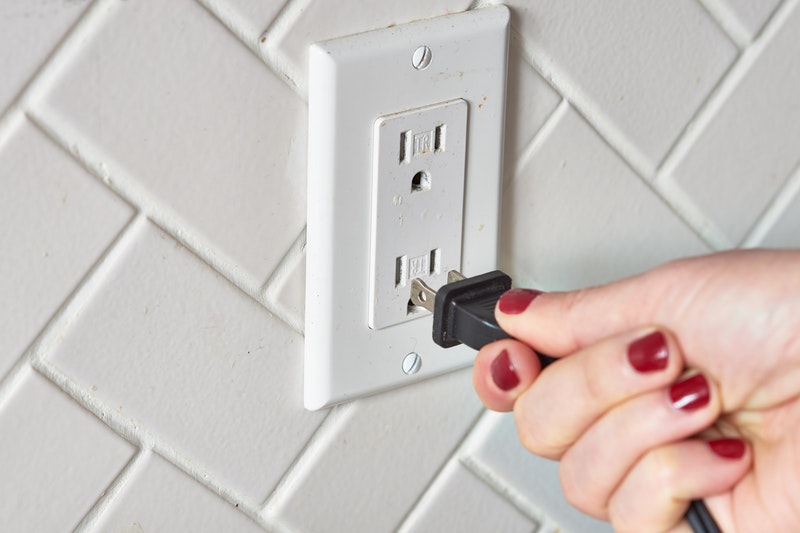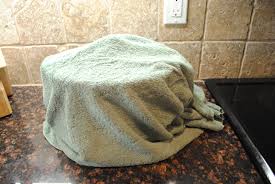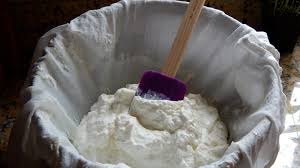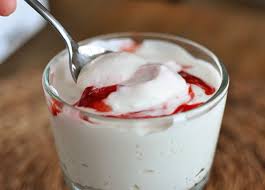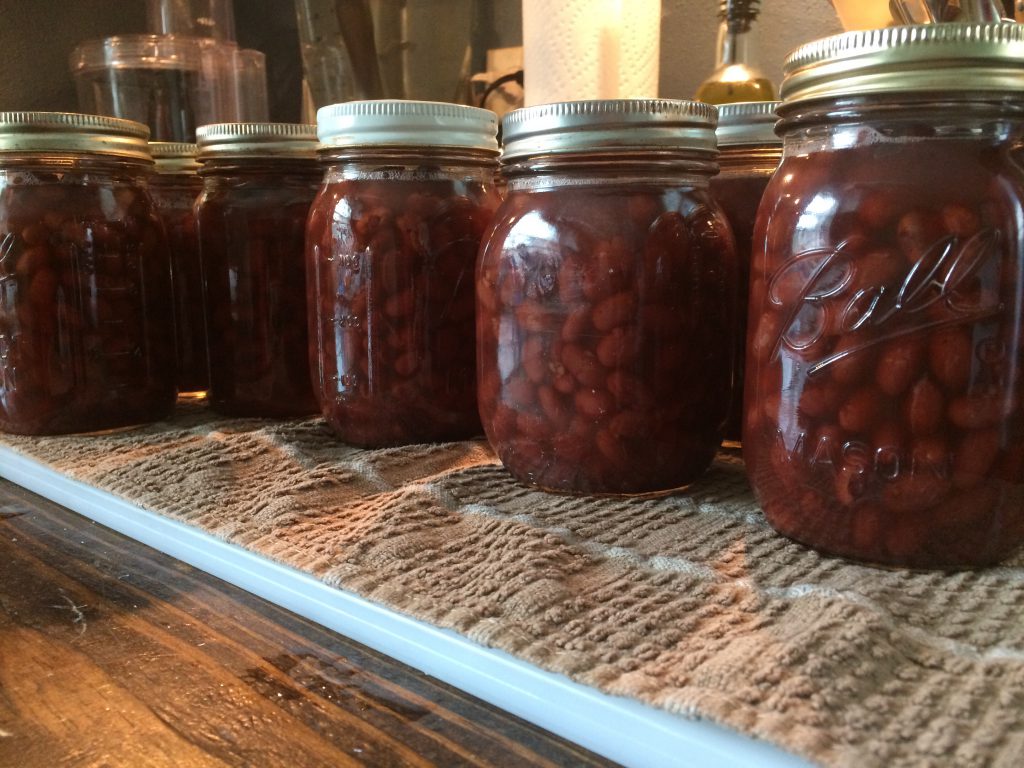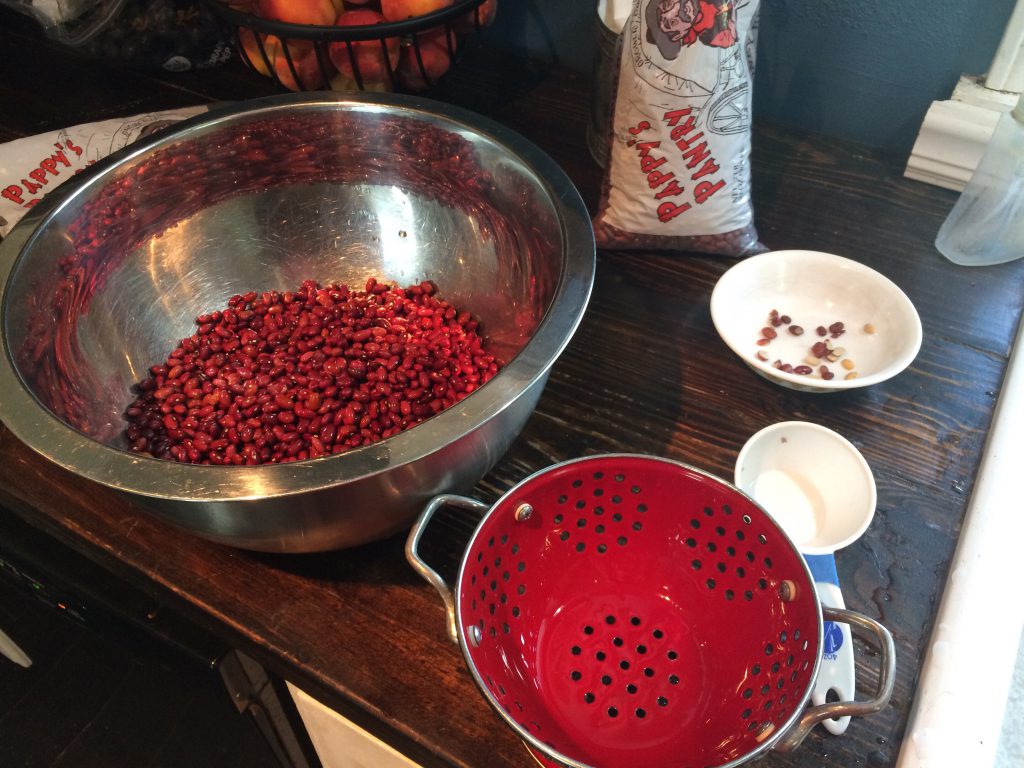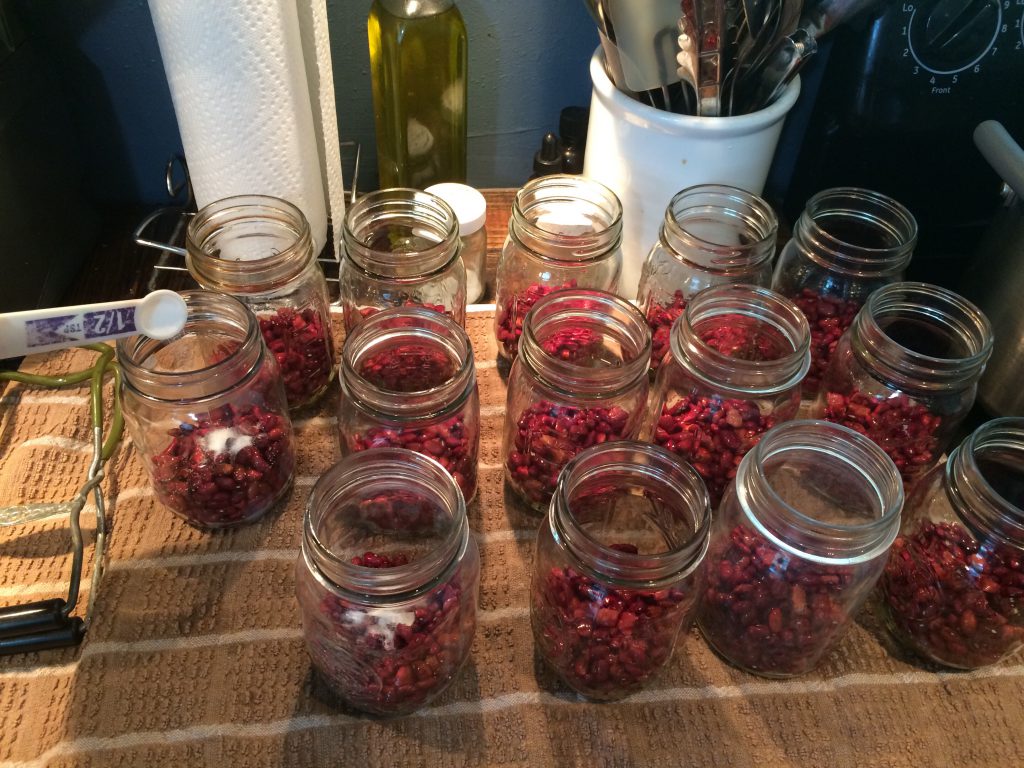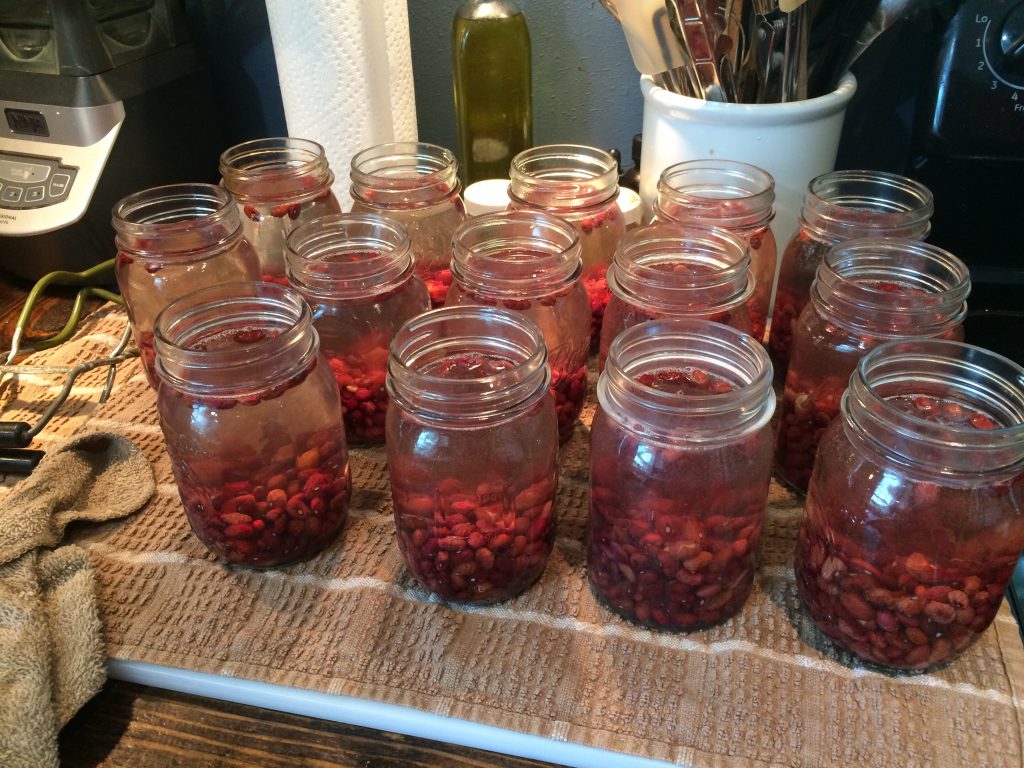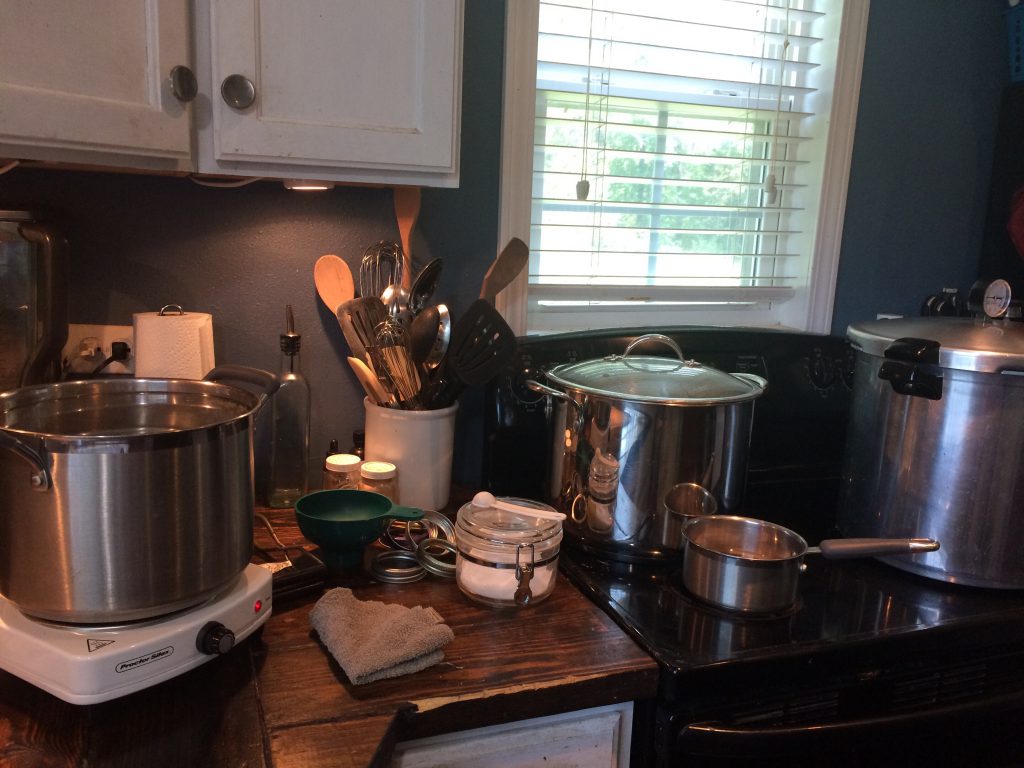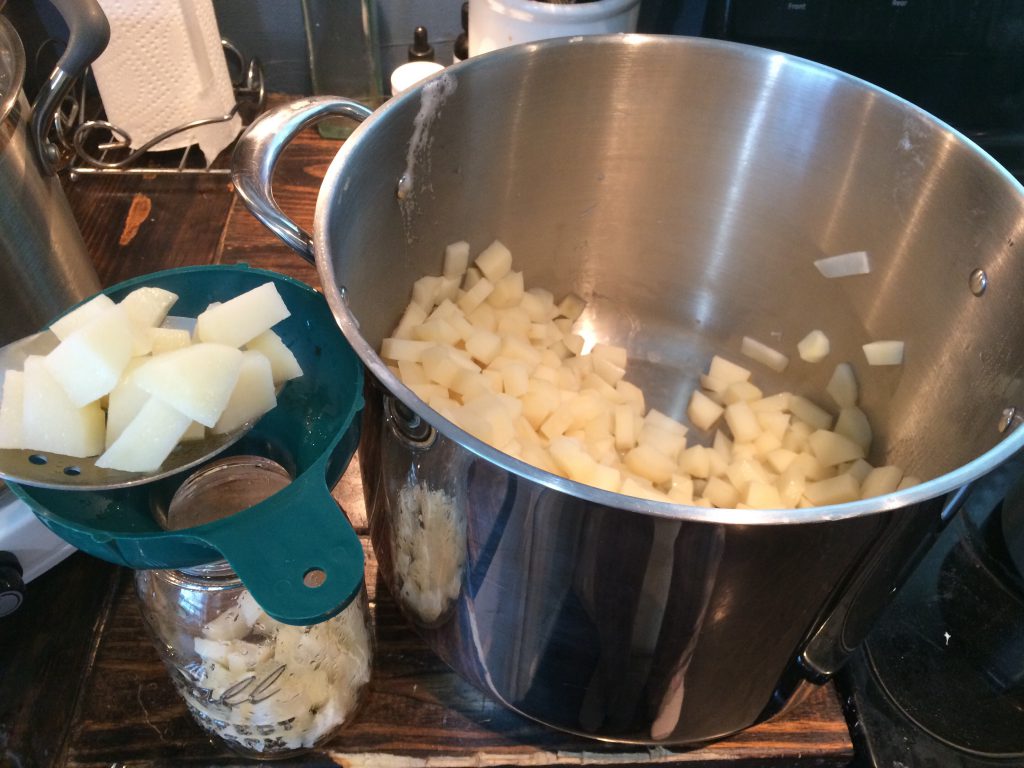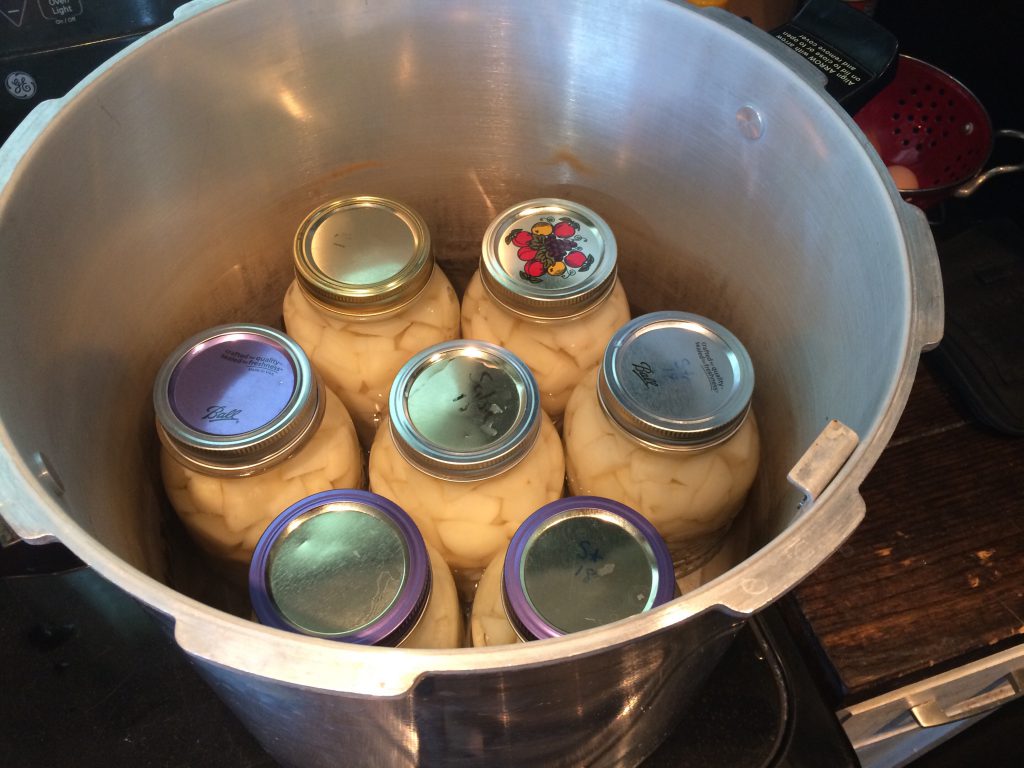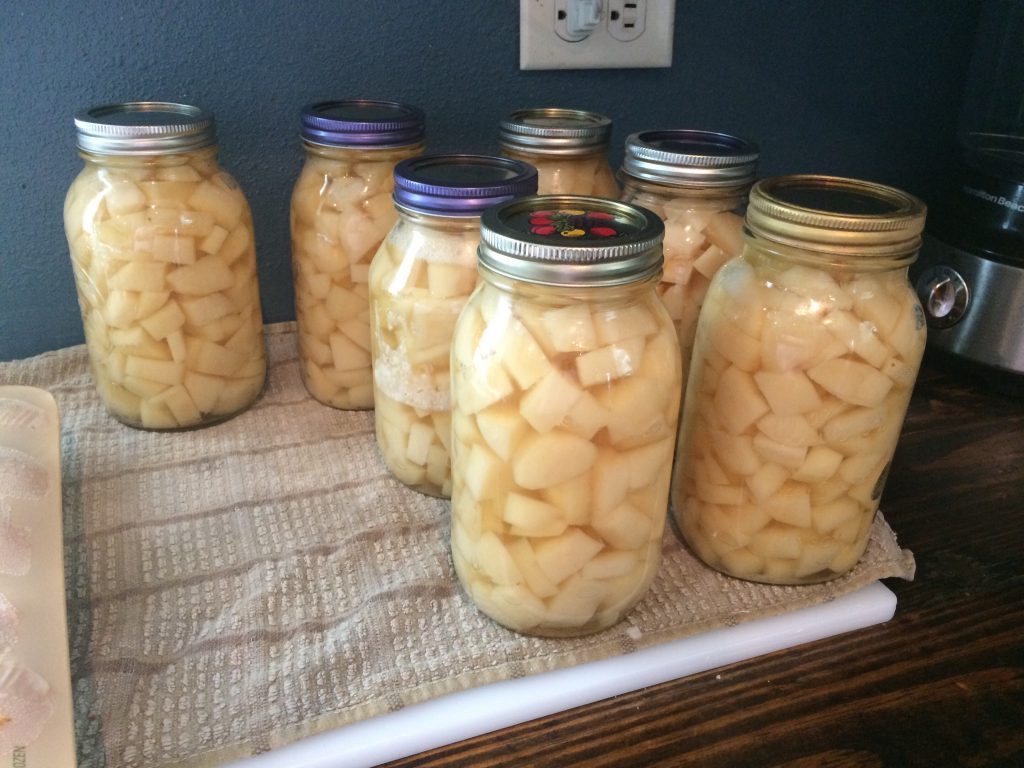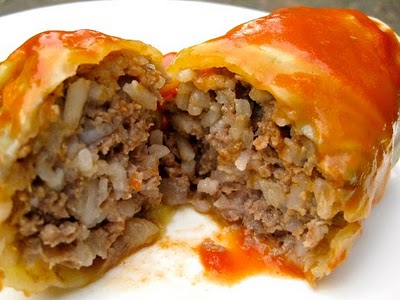Helping with the Family Income as a Stay-at-Home Mom
One of the things about being a stay-at-home-mom on a working homestead is that I’ve had to figure out creative ways of helping with the family income without a job. What I’ve figured out so far, I like to think about in two aspects:
- “Saving a Living.”
- Discovering what I can make at home and sell from home.
The first aspect to this is “Saving a Living.” I don't know if you've ever heard of this concept before, but it totally works. You can save almost as much as what you could earn at a part-time or even a full-time job. It is possible.
I have learned ways to save money every which way, some crazy and some more practical. Some ways of saving a living would be by (1) learning to do things yourself instead of paying others to do it, and (2) making your own products.
A big money-saving example of the do-it-yourself side of the coin is the dreaded haircut. I have five males in my home, so by investing $25 or $30 in a set of quality hair clippers that will last the family 5 to 10 years, I can save an average of $80 per month. That comes out to $960 per year! Over the course of 18 years, that’s a whopping $17,280—just in haircuts!
You can see how by learning just one skill and making a small one-time investment, you can save your family big bucks. And for anyone who thinks they need a cosmetology degree to use a comb and scissors, you don’t. You’d be surprised what you can learn on YouTube and with a few willing test-subjects.
Learning to make things yourself can also save a lot of money. I’m reminded of what my mom used to tell us growing up whenever we were inside the clothing store. We'd find a beautiful dress or skirt and would be admiring it, and it never failed you’d hear my mom pipe up, “I can make it for less than that!” That of course meant that we weren’t buying it. I can share more in future post about all the different ways we've incorporated this aspect into our homestead by making our own cleaning products and canning our own food - but think about all the things you spend money on and then ask yourself, “Can I make or do that for less?” Again, all it takes is a little research to learn a new skill.
The second aspect to helping with the family income was to discover what I could make at home to sell.
Unlike my mom who could look at something in the store or in a catalog and sew an even better version, I can barely sew a straight line. Oh, it's horrible to admit that! I am not gifted in the typical crafty department. In fact, I somewhat loathe making crafts. Glitter, beads…ugh! It’s the stuff nightmares are made of. And, yes, as a homeschool mom I am admitting that. But it's true. However, if you put me inside a kitchen, or in front of a blank canvas with some paints, my blood begins to pump with excitement because I love to create. I just had to figure out the right medium to use.
One of my recent passions has surprisingly turned into handcrafted soapmaking, as well as making my own face creams and makeups. It’s something I never imagined myself doing, but it has surprisingly become a practical way of harnessing my creative passion into a realistic income.
You can't be good at everything. No two homesteads are going to look the same because you have unique strengths that others don't, and vice versa. I’m sorry, perfectionists, but that's just the way it is. And that's okay.
Find what you're good at, and a good starting point is to explore what are you passionate about. You'll be surprised at what you discover when you start researching and combining a love for something with a way of turning it into an income. It's like following the trail of breadcrumbs. You start with one idea, and as you search around you uncover another, which leads you to another and another until you finally find that one thing that you’re so passionate about and you absolutely love. Others around you then catch onto that and they end up loving it as well, and, guess what? That's the beginning of a business. That's the beginning of bringing in an income!



